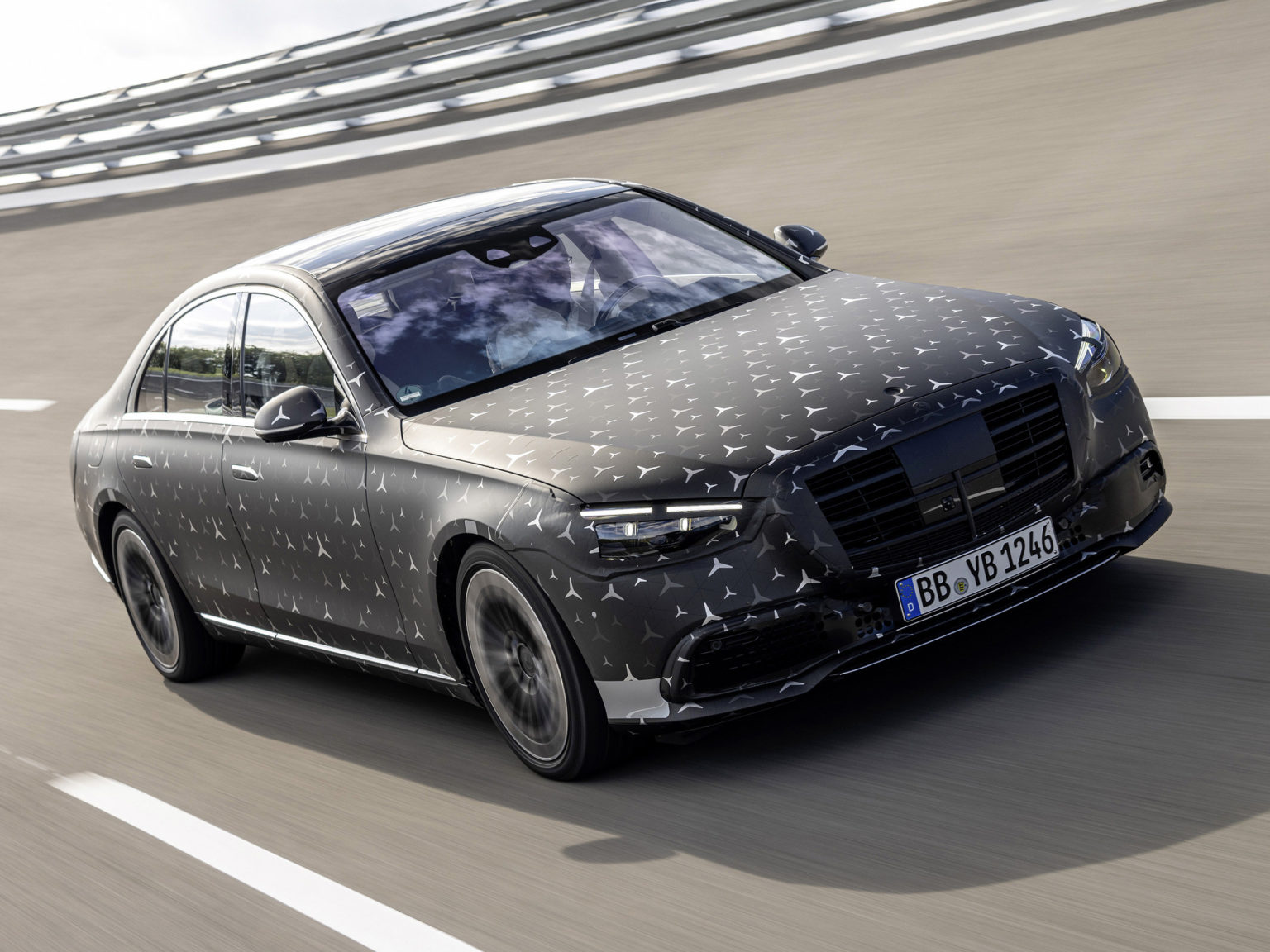The next-gen Mercedes-Benz S-Class is available with E-Active Body Control suspension technology that is designed to predictively adapt to different driving situations, analyzing information at the rate of 1,000 times per second.
The system enhances the car with a variety of equipment and technology. It adds semi-supporting hydropneumatics to the air suspension. The air springs bear the base load of the vehicle body and gradually regulate the level of the model. As explained by Mercedes, “The hydropneumatics generate dynamic forces that overlay the air suspension forces, and actively support and dampen the vehicle body.”
The technology is designed to better the experience for the driver and passengers.Photo courtesy of Mercedes-Benz
Each wheel has a damper that is installed inside the axle. That damper’s two working chambers have an adjustable damping valve and a hydraulic pressure reservoir. Each damper is connected to an iltelligent motor/pump that works via attachment to the car’s 48-volt network by hydraulic lines. The motor/pump regulates the flow of hydraulic fluid, enabling adjustment. All four motors/pumps are coordinated by a central control unit.
The system utilizes five processors, 20 sensors, and a stereo camera to work. In addition not absorbing bumps, the system counters body roll, pitch, and lift.
While in Comfort driving mode, the road surface scan uses the camera to monitor the road surface ahead of the vehicle. The system then utilizes spring struts to reduce body movement. In Curve driving model, the car is allowed to lean into the bends. Mercedes says that the Curve driving mode is helpful for passengers with sensitive stomachs.
When opting for E-Active Body. Control, buyers also have access to new Pre-Safe functionality. When a lateral collision is detected, the vehicle body can be raised by the suspension within a few tenths of a second. This move directs the forces of the impact towards the most resistant structures in the lower area of the vehicle. This can lessen the amount of impact passed onto the cabin and its passengers.








